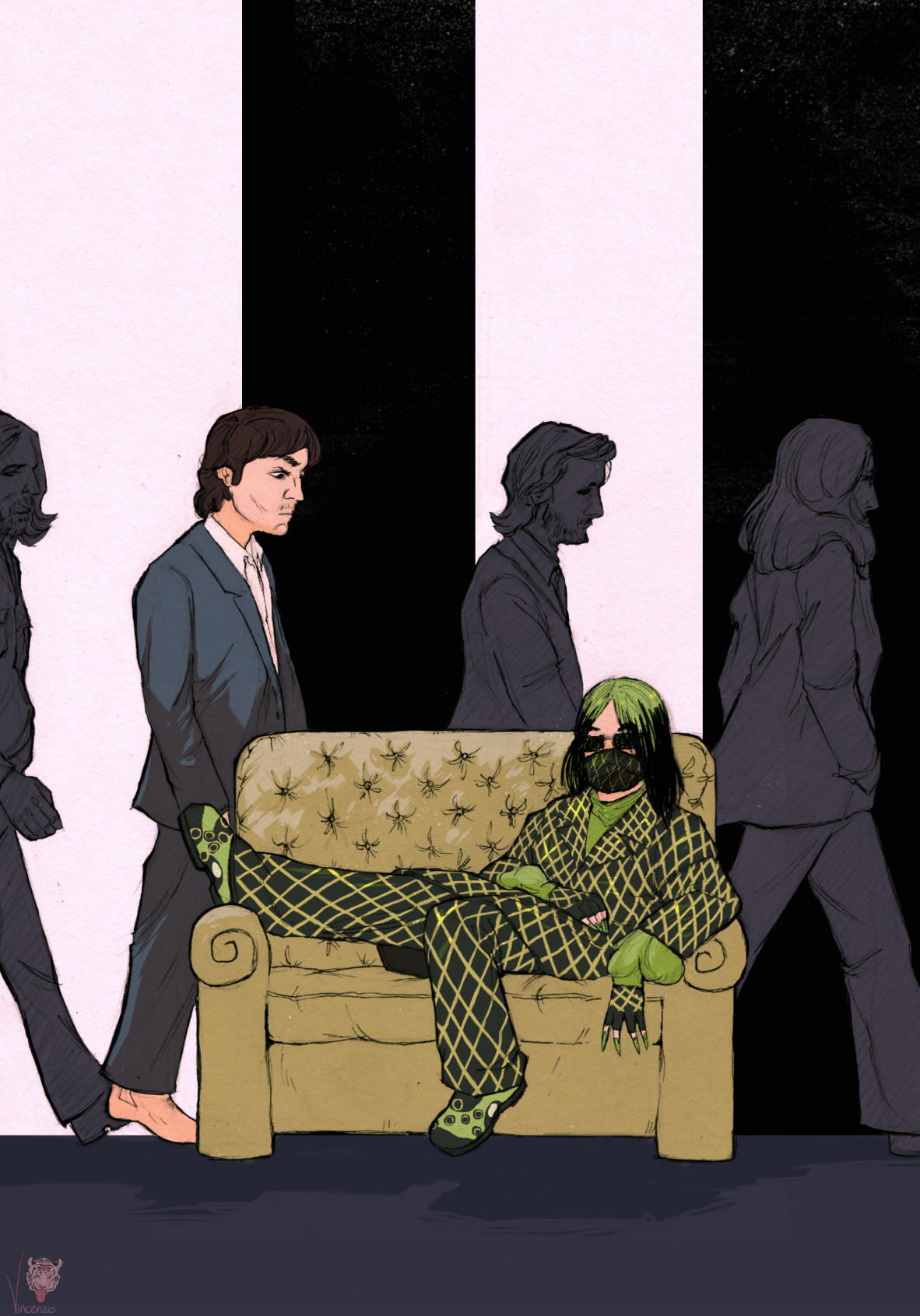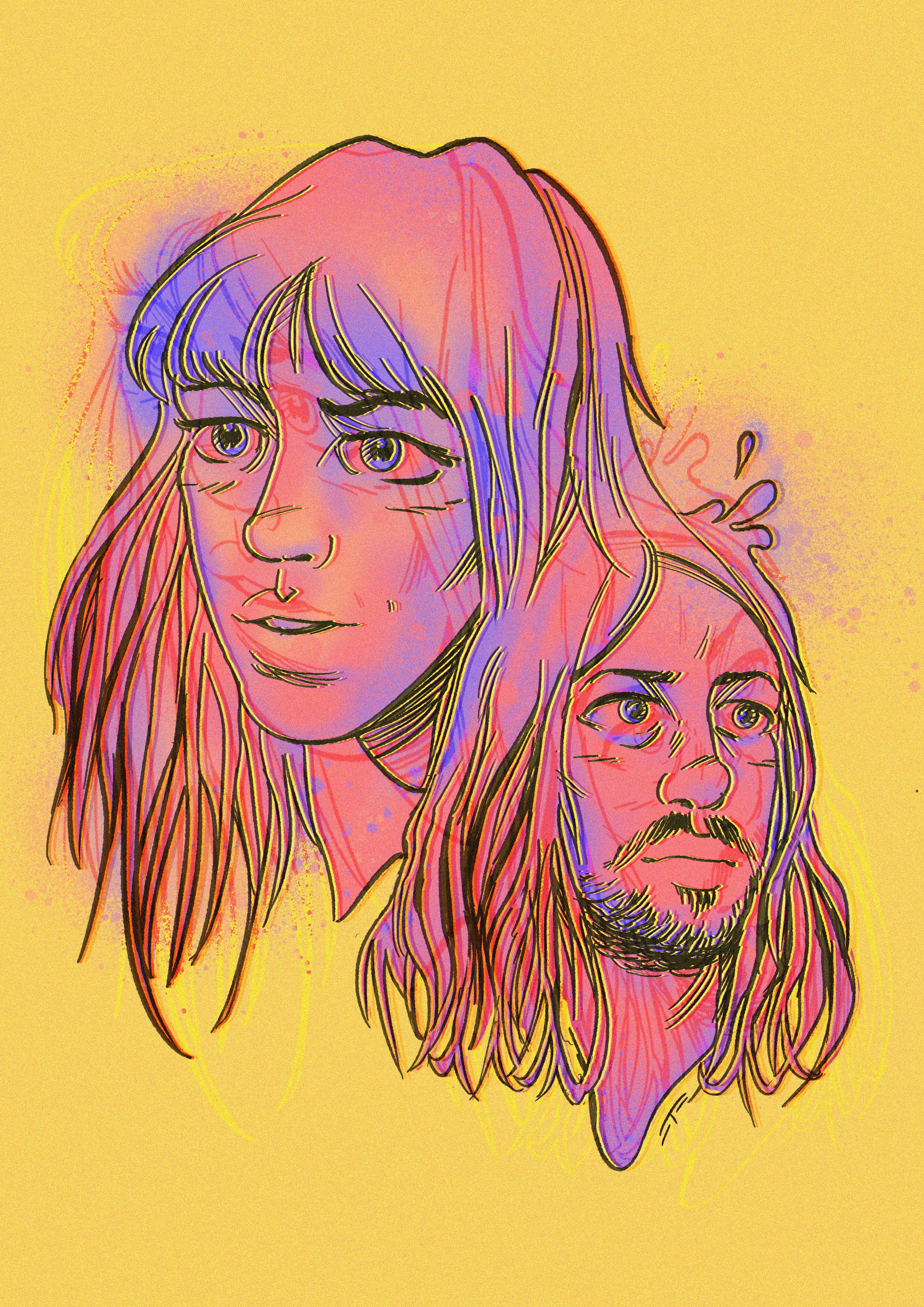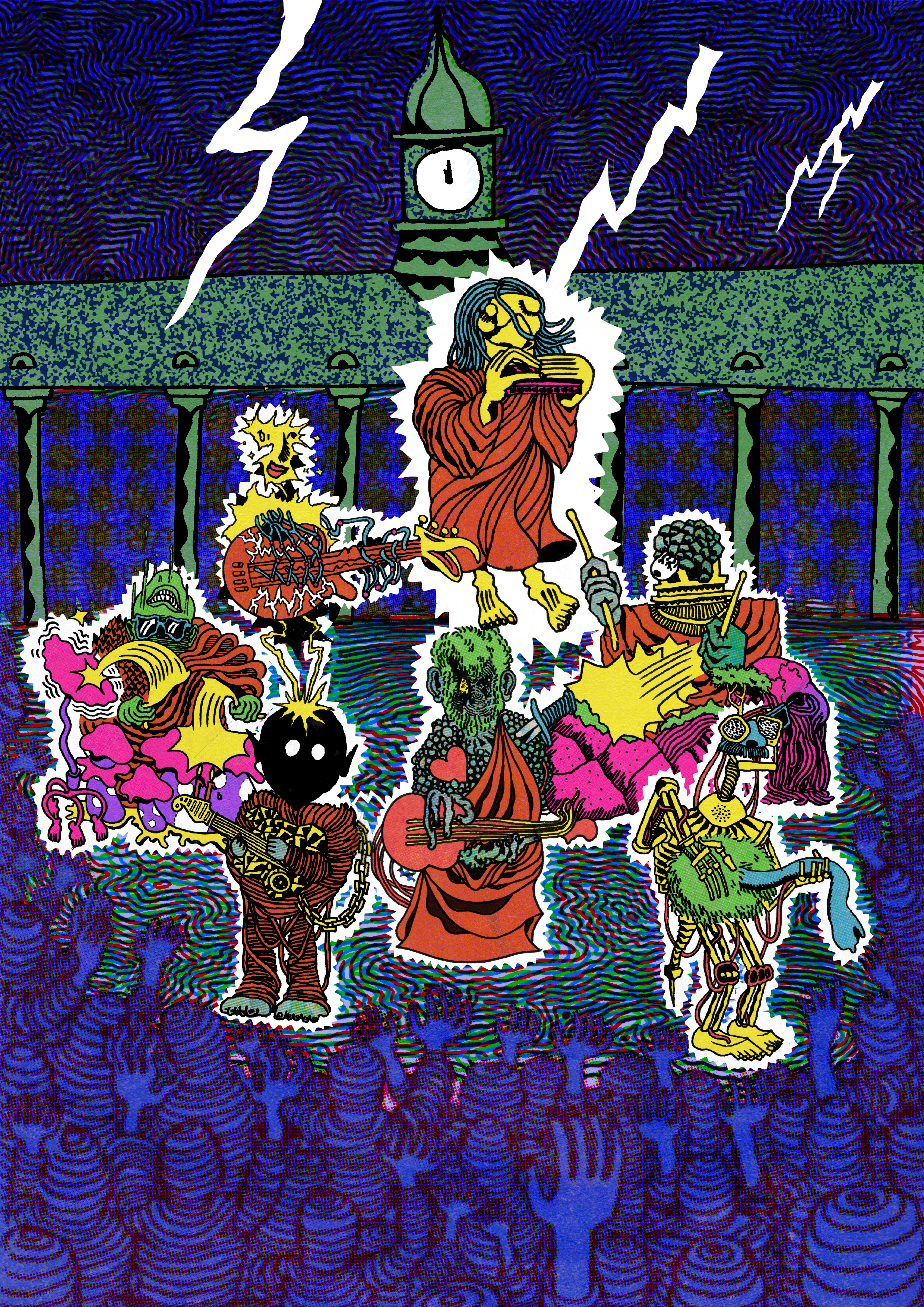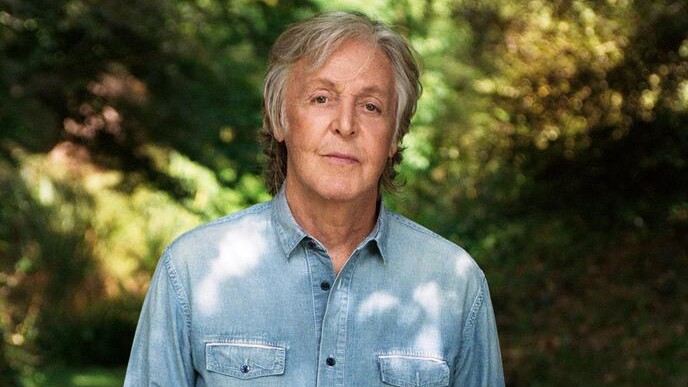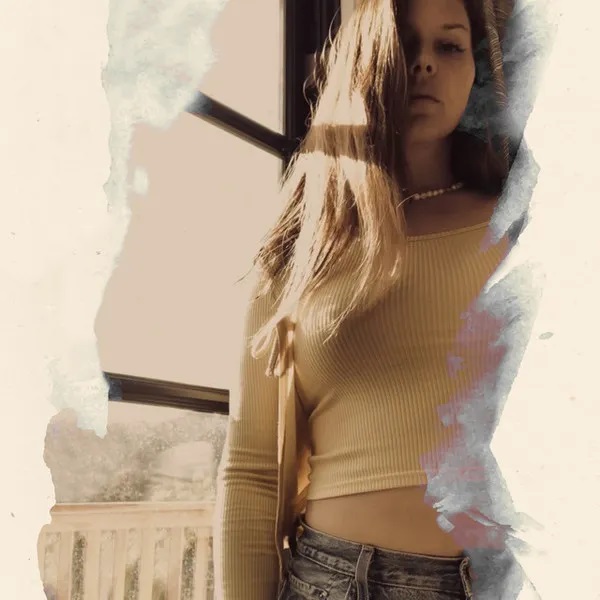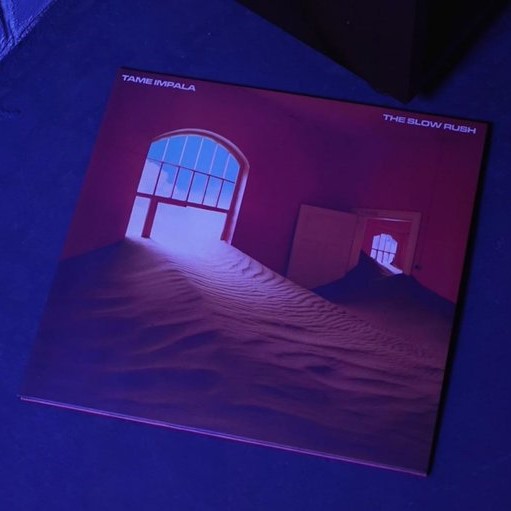Mexican Psychedelia
Words by David Murrieta Flores
Graphic by @DAWN_AQUARIUS
The story of Mexico’s psychedelia is one of a loose collection of artists who lusted for life in a country that wanted them dead.
On June 10, 1971, a paramilitary group known as The Falcons crushed a student protest in Mexico City. The militia claimed they acted in the name of democracy. A trail of 120 bodies, all aged 14 to 22, spoke differently.
Four months later, one of the biggest music festivals in Mexico’s history took place. As with its North American counterpart Woodstock, Avándaro drew a massive crowd. It is estimated as many as 500,000 attended.
Three years prior, another massacre of students took place in Mexico City. As it occurred during the 1968 Mexican Olympics, information about the protest was suppressed. More than 50 years later the body count is still contested. A measured guess places it at around 325.
Disparate at first glance, these three events are interconnected. Each held a close tie to the development of the concept of ‘youth’ in popular culture. Each was spurred on by a Mexican version of what was already known in the English-speaking world as ‘counterculture’.
While North American youth dropped out and took acid in a bid to rebel against their parents, the Mexican youth of the 1960s found themselves locked within a greater struggle for identity. Following its birth in a bloody revolution lasting from 1910 to 1920, an authoritarian Mexican government had sought to project a strict sense of cultural conformity. Most crucially, the state maintained Mexico itself was the result of two cultures. One was indigenous and the other Spanish. It was this mestizaje (‘mixing of races’) they maintained that had created modern Mexico.
Art and culture played a major role in reinforcing the legitimacy of this claim. Popular traditions endorsed by the state, most prominently regional folk genres mariachi and huapango, formed the cornerstone of this one-size-fits-all national culture. Any forms of expression coming from outside of this “official culture” was to be treated with hostility and suspicion.
None were more reviled than jazz and rock ‘n’ roll. Artists performing these new, rebellious and popular US styles were accused of acting under foreign influence and attacking the organic growth of the national culture. As in other parts of the world, the first group to welcome these blazing new genres were the country’s young.
In the case of rock ‘n’ roll, it was those born in the post-war boom. Young adults who had come of age in the economic growth and stability of the 1950s flocked to rock ‘n’ roll’s rebellious rhythms and fresh take on modernity. It was they who would start seeing the cracks and illusions of the government’s promises of progress. And it was they who would receive the brunt of the government’s reaction.
***
In the 1960s, Mexican Youth started to describe their newfound place in the world as La onda (“The Wave”). La onda meant to be in tune with the times, which were not only a-changin’, but embracing an international outlook. To protest the existing order, to live in tune with the wave of the world, required not only a dangerous political commitment but also a new consciousness of the totality of humanity. Explored in more avant-garde circles since the beginning of the 1960s, this idea of chemically extending the mind quickly permeated amongst the more radical of the Mexican underground.
In 1968, the year of the Olympic Massacre, Los Ovnis (“The UFOs”) released a joyous hymn to the transnational character of their generation. Entitled Hippies, the album opens with the brazen ‘Mugre’ (“Dirt”) and sees the band, singing in Spanish, identifying with the underside of society, an underground, which loudly proclaims pacifism (“no molesto a nadie / déjenme vivir” // “I don’t bother anyone / let me live”).
Aided by an alien-sounding of organ, Los Ovnis’ reinterprets the primitive garage rock sound of their US counterparts as a powerful medium of self-expression. Another of the album’s songs, ‘Mi protesta’ (“My Protest”) articulates the group’s openly held tone of political opposition (“es mi protesta vivir / y predicar la bondad y el amor” // “it is my protest to live / and to predicate kindness and love”).
Kaleidoscope’s 1969 anthem ‘A New Man’ was sung in accented English. Like Los Ovnis, Kaleidoscope used an organ to produce tension with more conventional rock riffs as the band’s singer, almost manifesto-like, cries, “For a better world we will have to work / For a better world we gotta be changed”. It is no coincidence that, in the 1960s, the word ‘repression’ had begun to be used indistinctly from ‘oppression’.
In the wake of 1968, those spreading the word of this new consciousness were being put down with violent force. Prompted by government leaders, Mexican authorities began to antagonize “subversive” elements. Many artists who had previously been dismissed as harmless to Mexico’s nationalistic identity and politics now found themselves under intense pressure. “I think that a new man is born / I feel this today”, sings Kaleidoscope lead vocalist, “it’s all over now / I don’t feel the same”.
Yet rather than put an end to resistance, death and oppression planted seeds of renewal. The Wave’s second crash against the state came in 1971. In response to the cruel-yet-fertile conditions of the previous years, a new proliferation of psychedelic bands had begun anew. Unlike the pacifistic suggestions made by Kaleidoscope or Los Ovnis, new acts openly defied traditional values with direct references to drugs and satanism.
It was within this context that hardened bands like Polvo (“Dust”) emerged. Polvo responded to their difficult times with a harder and heavier rock sound. In 1971 they released ‘Can’t Get Enough’, an ode to psychedelics thinly disguised as a story of obsessive love. Even the band’s name, Polvo, was the name Mexican youth gave to LSD.
Not long afterward, Polvo performed at the Avándaro Festival accompanied by another popular underground act called Peace and Love. Appearing before a cheering crowd (and broadcast on local television), Peace and Love performed ‘Marihuana’. They followed with a song called ‘Tenemos el poder’ (‘We Got The Power’). Outraged by what had been presented to the public the local government reacted immediately, withdrawing support for the festival they had initially backed under the premise that it would be a boon to local tourism.
As a result of the Avándaro festival’s brazen attack on nationalism and ‘straight’ culture, the federal government canceled all rock concerts across the country. It also began censoring rock from radio and dissuading record labels form releasing music from subversive acts. The government had only now come to realize what the youth had long accepted. Psychedelic rock was at the very center of countercultural defiance.
***
The more the music was repressed, the further underground it moved. With the nationwide ban on public rock concerts in place, illegal counterparts emerged to meet demand. Called hoyos fonqui, or “funky holes”. These events were held far from the reach of Mexican authorities, often deep within the urban mazes of working-class suburbs.
In response to continued persecution, the music itself became more aggressive. Another generation of acts emerged, this time taking cues from progressive rock. Polvo’s noisy outbursts were but flickers compared to the stridency of El Ritual (“The Ritual”).
Wearing makeup, long hair, and loose clothes, El Ritual made an entire album praising Satan. Their music carried pronounced statements of sexuality and freedom. In a macho, conservative, deeply Catholic society like Mexico’s, this was considered an assault on any and all social values.
With an eviscerating wail, singer Frankie Barreño hissed about sex workers and following the path of the Devil. As he did, the rest of the band seamlessly moved between jazzy grooves, hard rock, and proggy structures. To add insult to injury, El Ritual’s songs had Spanish titles, but all of their lyrics were in English.
Another group, Náhuatl took their name from a language group native to central Mexico. With heavy metal as their medium, their music was a series of allusions to displaced identity (songs like ’No sé quién soy’ / ‘I don’t know who I am’) and to indigenous traditions of psychedelics (as in the song ‘El hongo’ / ’The mushroom’). Lost to time was a more aesthetically refined path hinted at by Toncho Pilatos’ underappreciated 1973 self-titled album where tracks like ‘Kukulkan’ presented the flute not as a sign of prog rock sophistication but tradition. In doing so Toncho Pilatos sought to reclaim their Hispanic past from the nationalistic official culture.
As urban guerrillas flourished in the early 1970s, government violence escalated. Times became more tumultuous and psychedelic rock diminished in popularity. With its revolutionary promises passing entirely unfulfilled, it nonetheless left its mark, inspiring the more daring and arguably more proficient Mexican bands of the 1980s and 1990s.
***
In December 2006, President Felipe Calderón officially declared war on Mexico’s drug cartels. Mobilizing the army throughout the country, he sparked a conflict that continues to rage some 14 years later. To date, the Mexican Drug War has cost more than a quarter of a million lives. In the after-effects of the 2008 global recession, the Drug War slowly escalated to the point of seeming endlessness. It is in this context that a new generation of bands have retaken a psychedelic mast.
In 2020 the government is no longer a zealous protector of morality or national culture. Rock ‘n’ roll is no longer a foreign threat. In fact, it is a point of pride among those in power.
Newer generations have grown up with a fully-fledged Spanish-language culture industry, one full of wildly different kinds of rock bands. North American integration through treaties like NAFTA has also made cultural exchange more fluid. The rock festival circuit, its government ban having long been lifted, is experiencing a period of unprecedented growth.
This openness of contemporary Mexican culture means the current psychedelic revival does not articulate the political stances it held in past. The experimental outlook of modern bands like Tajak, with their long, hazed, and powerful grooves, leans closer toward musical renovation than innovation. Others, like Viv and the Sect or The Risin’ Sun, present technically brilliant, hi-fi re-productions of the late ‘60s and early ‘70s psychedelia. The fact that they sing in (now non-accented) English no longer projects a risky sense of internationalism.
Mexico’s psychedelic rock is no longer a vital medium of youth rebellion. No longer do bands operate within the closed landscape of cultural struggle. Rock is just another form of entertainment. If one thing can be said it is that the legacy of the Mexican psychedelic movement as a countercultural institution is no longer to be found in the rock milieu.
The culture of resistance has not disappeared, however. Hints of a more profound social consciousness can be found in a border-grown and experimental genre baptized in the heat of the drug war called ruidosón. With its background in electronic music, not rock n’ roll, ruidosón’s gothic mix of folk and EDM is best represented by acts like Los Macuanos, whose music deals with communities torn apart and left in bullet-ridden ruins. Ruidosón’s music is that of the bad trip that is contemporary Mexico. And, as the genre’s underground dance-club presence highlights, there are many dangers young people gathering to have a good time continue to face.
While the government no longer bans youth music, it has invariably attempted to pin Mexico’s social problems upon the lifestyles of the nation’s youth. The country’s problems, many argue, are the result of individual and familial irresponsibility. Young musicians protest this, answering these accusations with aggressive and noisy electronics, the kind which poses the question of what it means to lust for life in a country that wants you dead.
***
In 1968, around 325 students were killed in Mexico City. In 1971, 120 more, were mowed down by a paramilitary. In 2014, 43 students aged 15 to 21 were forcibly ‘disappeared’ by local authorities in the town of Ayotzinapa – possibly in collaboration with a cartel – after similar protests. Where brutality of this kind was once decried by consciousness expanding rock groups, it is now opposed by ruidosón, a music with deadlier implications.
Ruidosón’s message of abjection and social disintegration is more adapted to Mexico’s currently turbulent times than the tuning in of the radical 1960s. Ruidosón does not propose to change the world through higher consciousness, but to explore the darker recesses of the mind. In them, comes a freedom born from trauma, of allowing listeners to connect to each other through dance, metaphorically healing the mind through the body. Ruidosón demands, in a way, a lower form of consciousness, one in which loss and tragedy act as a catalyst for a new kind of social consciousness.
As Mexicans all over the country find moving in public spaces increasingly dangerous, the country’s dance scene and nightlife has exploded. ‘Tachas’ (a cocktail of mostly amphetamine and ecstasy mix) alongside LSD rules the club world, expanding the consciousnesses of partygoers everywhere. While most modern electronic dance music momentarily relieves dancers’ pains, drawing them away into worlds of wonder, ruidosón asks its audience to further engage with the cruel realities of their daily lives.
Tired of a war with no winners, young Mexicans are defying the moral outlook of an older generation by going out and dancing like there’s no tomorrow. Like ruidosón music itself, they pulse, locked in simultaneous moments of anger, sadness and joy. A new youth inspired configured by ruidosón is, as with the psychedelic rock acts of decades past, ready to fight for the right to be alive.

